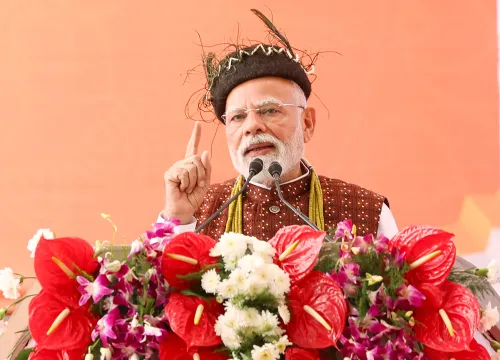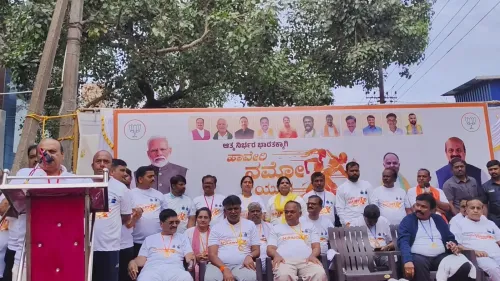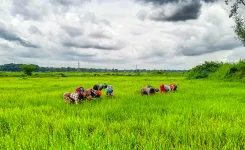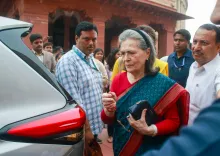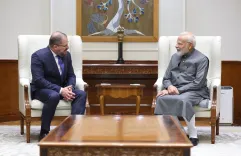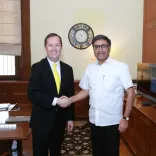How is Viksit UP: Agriculture and Education Leading the Charge?
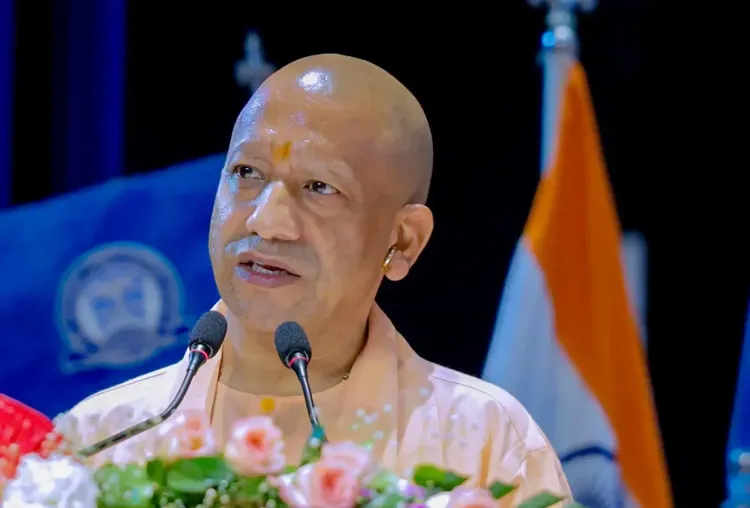
Synopsis
Key Takeaways
- 3.5 million total feedback entries received.
- Majority of suggestions come from rural areas.
- Youth engagement is crucial, making up nearly half of the feedback.
- Focus on agriculture, education, and rural development.
- Campaign includes community interactions in 27,000 gram panchayats.
Lucknow, Oct 10 (NationPress) The “Samarth Uttar Pradesh – Viksit Uttar Pradesh @2047: Centenary of Prosperity” initiative is making significant strides towards the goal of transforming Uttar Pradesh into a fully developed state by the year 2047.
In all 75 districts, nodal officers and key local figures are actively collaborating with students, educators, entrepreneurs, farmers, business leaders, non-profit organizations, labor unions, media professionals, and the general public through engaging sessions to discuss the state’s development trajectory and collect insights for its future planning.
To date, this campaign has garnered over 3.5 million feedback entries and ideas, with a substantial proportion originating from rural communities—around 2.8 million from rural areas and 0.75 million from urban zones. Youth involvement has been particularly noteworthy, making up nearly half of the total feedback.
The primary topics of discussion include agriculture, education, social welfare, and rural development. Approximately 800,000 suggestions relate to agriculture, 900,000 to education, and nearly 700,000 to rural development, alongside substantial contributions regarding health, livestock, information technology, tourism, industry, and security.
In terms of district participation, Sambhal, Jaunpur, Bijnor, Gorakhpur, and Sonbhadra are leading in contributions, while fewer suggestions have come from Firozabad, Mahoba, Etawah, Bulandshahr, and Fatehpur.
In a suggestion from Azamgarh, government employee Ramdarsh Yadav proposed developing the district into an agro-processing and textile hub, establishing processing centers for millets, pulses, and oilseeds, and promoting the export of Mubarakpur silk sarees. He also advocated for a single-window system to streamline industrial investments.
From Firozabad, Rona Sagar highlighted the need for promoting adventure and medical tourism, proposing the launch of a global tourism branding initiative for Uttar Pradesh inspired by the “Incredible India” campaign, with enhanced community participation in tourism activities.
From Lalitpur, Raja Pratap encouraged farmers to embrace modern agricultural technologies, including drip irrigation and crop diversification, while underscoring the importance of agricultural research, insurance coverage, and the expansion of organic farming.
To promote extensive public engagement, thousands of meetings and seminars have been conducted at various levels, including municipal corporations, town councils, district councils, and gram panchayats. So far, dialogue sessions have been held in around 150 municipal corporations, over 120 town councils, and more than 40 district panchayats.
Moreover, direct community interactions have occurred in 27,000 gram panchayats, making this campaign one of the largest participatory development efforts in the state’s history.



